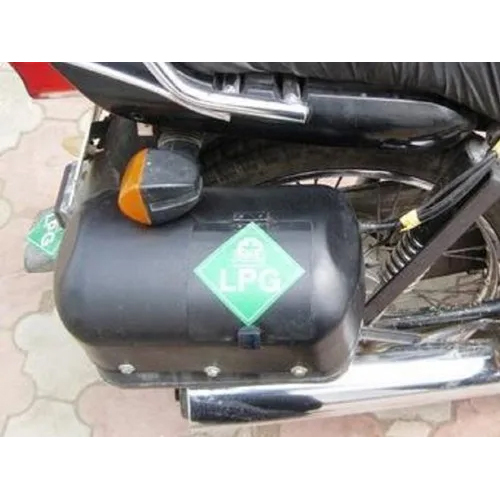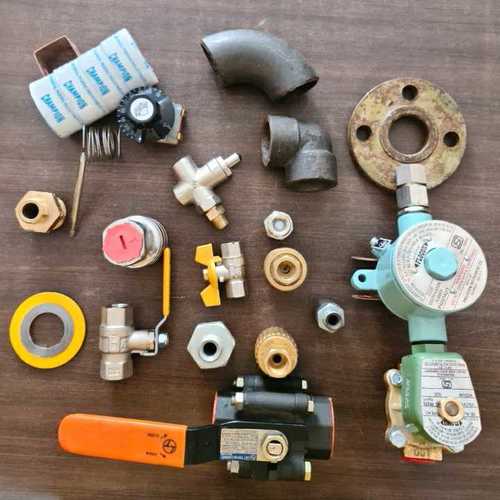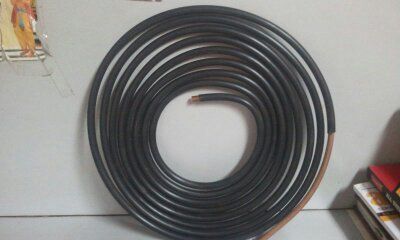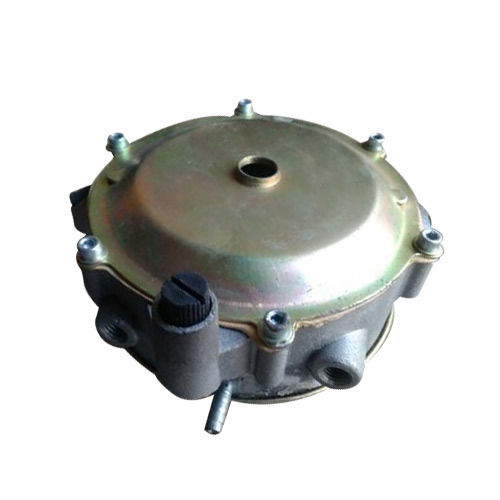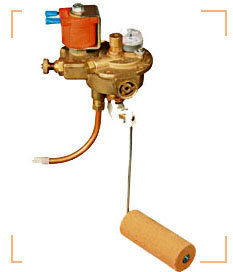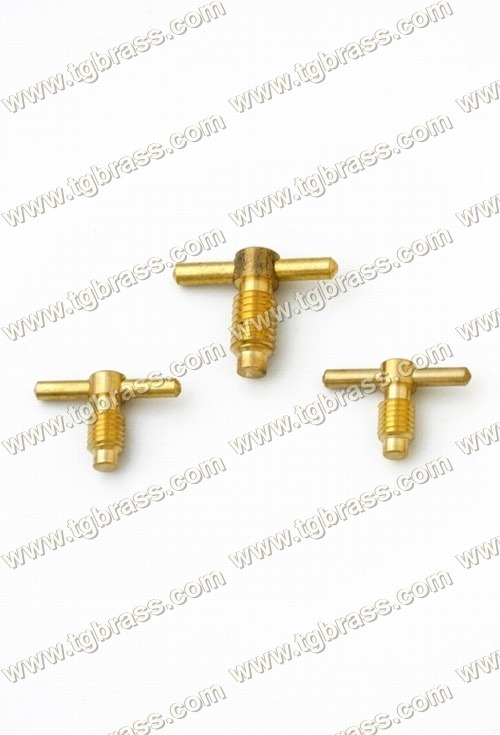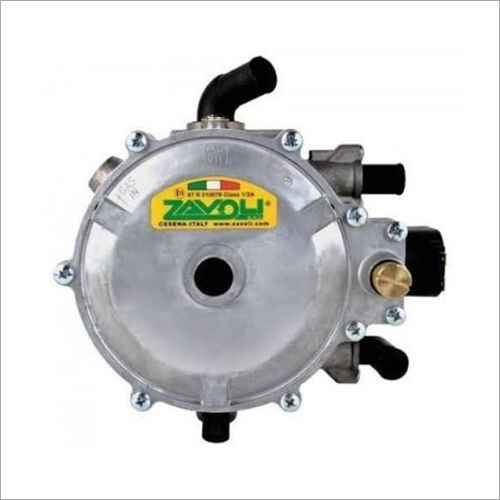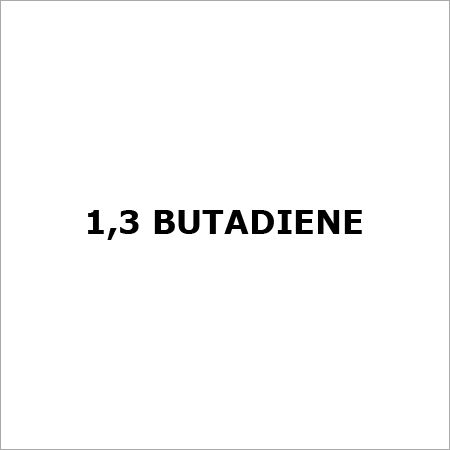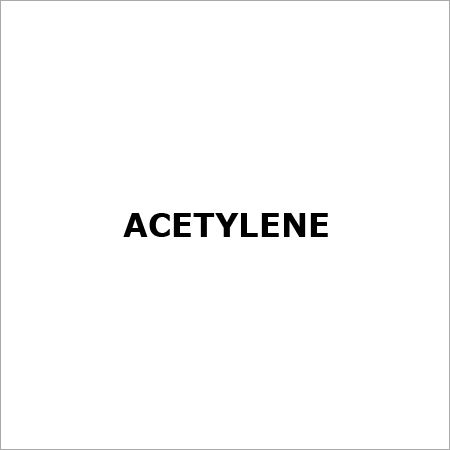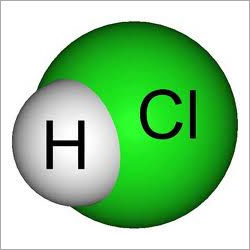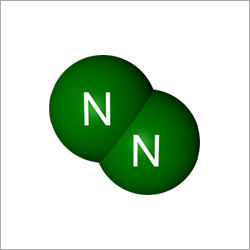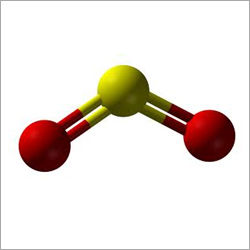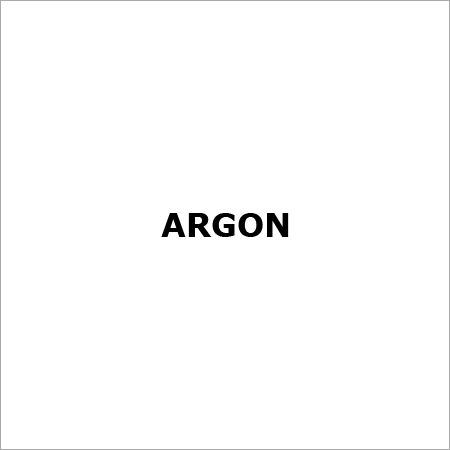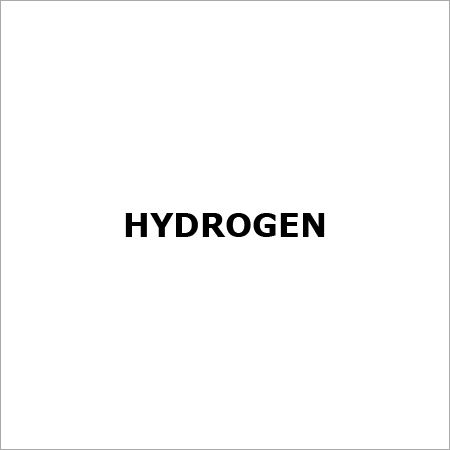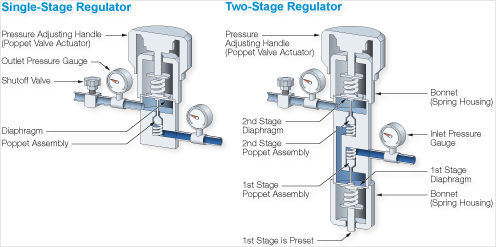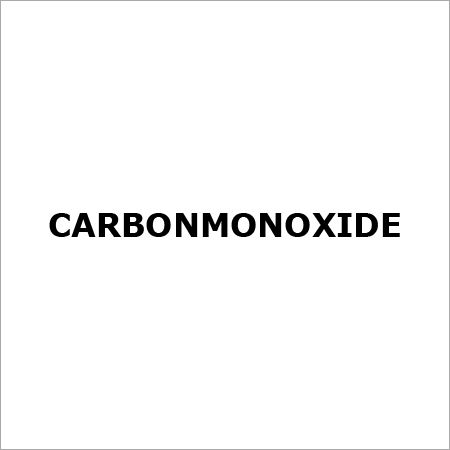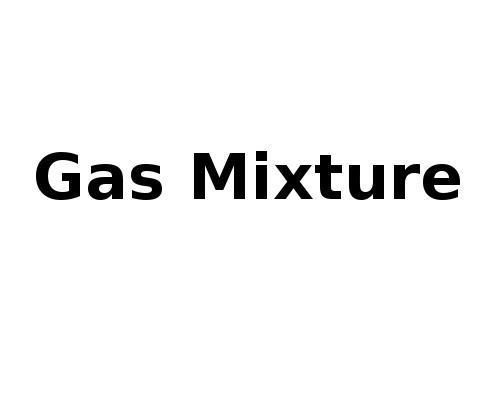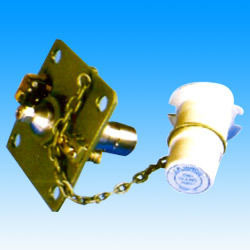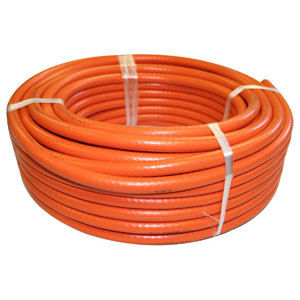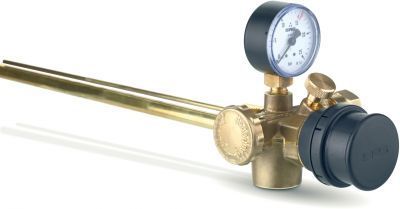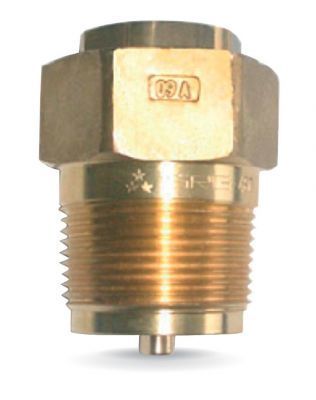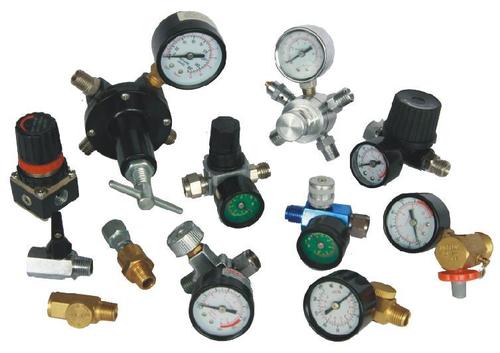Diffusion It is not only important to have the correct quality of gases, it is equally important to handle the gases by using equipment most suited for the application. Contamination of pure gases and calibration gases by inappropriate regulators, tubing, flow meters, valves and connections etc. through diffusion and out gassing is a known phenomenon. Consequently, in order to obtain calibration and high purity gases in the specified quality at the point of use all metal non contaminating and diffusion resistant gas handling equipment like regulators, valves, non return valves, tubing and fittings. Sources of Error When Transferring Gases Reduction in component concentrations - increase in Absorbent Surface Area. ERROR: Employment of unsuitable materialIMPACT: Chemical Reaction, especially in the presence of moisture. Reduction in Assayed Components Contamination through undesired components ERROR: Ad/Desorption on surface area. IMPACT: Gas molecules are given off in the gas stream. Components adhere to surface area. Pure gas constantly being contaminated ERROR: Line leaks. IMPACT: Partial pressure gradients between different gases forces gas molecules towards the side with lower partial pressure, regardless pressure. Irregular contamination of pure gas, reducing after extended period of withdrawal. ERROR: Dead volume is not taken in account. IMPACT: Pressure drifts as well as the motion of the molecules themselves; contaminate the pure gas stream with foreign gases from the dead area. Contamination of pure gas increase as hose length increases and temperature rises. ERROR: Permeation through hose walls.IMPACT: Even after first purge, foreign gas molecules enter stream of gas ( H2O, CO2, HC etc) Retro Diffusion An elaborate study was undertaken and it was found that Argon Gas (taken as a test gas for this study) with 5 ppm of Oxygen impurity at a pressure of 10 Bar when passed at the rate of 5 LPH through a rubber tube with 1 mtr long and 2 mm ID, got contaminated by atmospheric Oxygen and the level of Oxygen raised upto 40 ppm from 5 ppm. It is simply due to the difference in the partial pressure of the gas in the two environments. This phenomenon is called as RETRO DIFFUSION. Following table shall give you an idea about the other material that are commonly used in gas handling Material: Contamination of O2 Stainless Steel: 0 ppm Mylar: 0.02 ppm PTFE: 13 ppm PVC: 27 ppm Natural Rubber: 40 ppm Careful consideration should therefore, be given in selecting the gas handling equipment. The choice of the gas handling equipment for pure gases and Calibration standards is governed by the nature of gas, the pressure involved, the flow rates desired and requirements of safety. The function of a regulator is to convert the high pressure of gases to lower working ranges. Secondarily the regulator maintains constant working pressure on the outlet of the regulator inspite of variation in inlet pressures. This enables the process to be carried out without the need for constant manual adjustment. In addition, the regulator offers safer , low working pressures. A regulator controls the pressure but does not control flow and therefore, a flow control device is needed, where flow control is critical. BOC offers a wide range of regulators designed to handle calibration gas standards and high purity gases for chromatography and other process applications. These are specially designed, engineered and quality assured to ensure diffusion resistance and handle safely a wide range of XL grade and other higher pure gases, Calibration Standards, Toxic and mildly corrosive gases.



